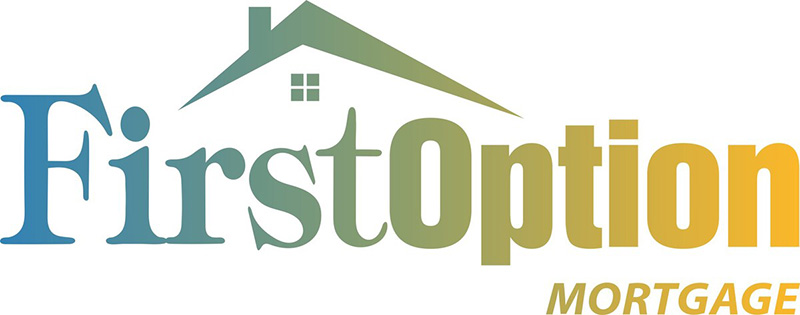There are many different variables that can affect the interest rate you’ll be expected to pay on your mortgage. In addition to personal factors, such as your credit score and debt-to-income ratio, your interest rate can also be affected by variables beyond your ability to control, such as the state of the broader economy.
When money (liquid cash) is abundant, borrowing becomes cheaper—this makes it possible for mortgage lenders to offer loans with lower rates. When money is scarce, on the other hand, mortgage rates will tend to go up.
The general money supply is affected by several forces, including the Federal Reserve, the Federal Government, investment bankers, consumers, and more. Other factors, such as the global pandemic, can also influence interest rates and money supply. Throughout the pandemic, liquid cash has been abundant and interest rates have been near-historical lows.
But can we expect these rates to remain low over the course of 2022?
The Current State of the Mortgage Market
To understand where the mortgage market might be going, it helps to understand where it is currently at.
Most Indianapolis mortgage experts – including Fannie Mae, NAR, and the Mortgage Bankers Association – all recognized that mortgage rates were expected to be between 3 percent and 3.25 percent for the remainder of the fourth quarter of 2021. This represented rates that were near their all-time low, though not as low as they have been at other points during the pandemic.
Fannie Mae estimated that by the end of 2021, there would have been approximately $2.72 trillion in mortgage originations – the largest amount that has ever occurred within a single year. The government-sponsored enterprise believes that in 2022, the origination market might slightly decrease, dropping down to about $2.47 trillion.
According to Fannie Mae’s chief economist, Doug Duncan, 30-year fixed-rate mortgages will increase slightly, going up from 2.8 percent in 2021 to 2.9 percent in 2022. The Mortgage Bankers Association’s chief economist, Mike Fratantoni, also believes that mortgage rates are about to experience a mild hike, though their figures are a bit higher, with rates of 3.3 percent for 2021 and 3.6 percent for 2022.
The total number of homes sold in 2021 is estimated to have been about 6.1 million, a slight decrease from the 6.2 million sales volume that had occurred the year before. Home appreciation is still expected to be positive, about 2.6 percent across the board, though that is lower than the 5.5 percent rally that was previously experienced, largely due to the effects of the pandemic.
The Case for Interest Rates Increasing
Clearly, most economists and mortgage experts believe that mortgage rates will increase in 2022, though the increase is expected to be rather mild. There were many unique factors that caused interest rates to noticeably drop during the pandemic, including incredibly low-interest rates from the Federal Reserve.
Currently, the Federal Funds Effective Rate is almost zero (specifically, it’s at 0.08). While it is theoretically possible for this rate—which affects the cost of borrowing across all asset classes—to be negative, the Fed has never dropped rates that low before and is unlikely to start.
In other words, many of the stops have already been pulled and there aren’t a lot of moves the Fed and other market makers can do to cause rates to drop even further. And with Fed Chair Jerome Powell hinting that rates might go back up again, it makes sense for mortgage rates to increase as well.
Additionally, relatively high inflation rates will likely push the mortgage market up even further. The year-over-year inflation rate for November 2021 was 6.8 percent, which is the highest it has been since before the financial crisis.
The Case for Interest Rates Remaining Low (or Decreasing)
While there isn’t a lot of room for mortgage rates to get much lower, the “COVID wild card” could still cause them to remain about the same. If new COVID developments, such as the emergence of the omicron variant, create enough economic uncertainty, major market makers like the Federal Reserve might hold off before engaging in any sort of quantitative easing.
When trying to forecast future mortgage rates, there will be quite a few things that you’ll need to pay attention to. Most changes to the mortgage market will occur gradually, rather than all at once. Changes in the housing supply (which typically take a while), changes in homeowner demand, and changes in expected inflation rates might all later be reflected in national mortgage rates.
Additionally, of course, changes in the COVID-19 situation can be reflected as well. The virus is likely the primary factor that would cause rates to remain low.
Conclusion
There are a lot of things that can potentially influence the mortgage market. Currently, rates are likely among the lowest they will probably be for a while—if you are currently thinking about buying a home, now might be the time to act.








